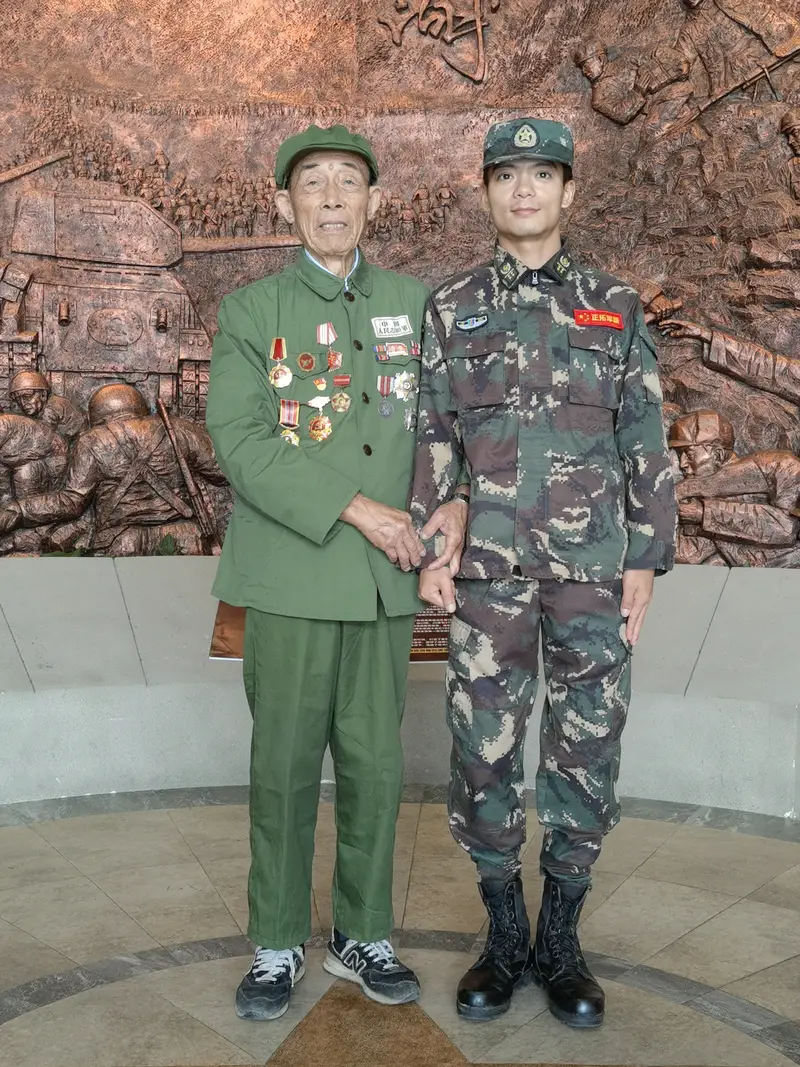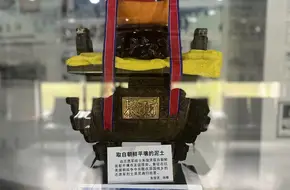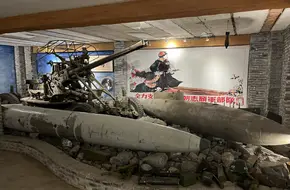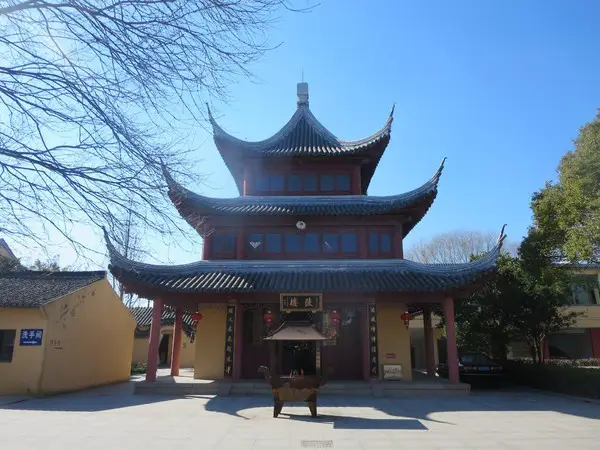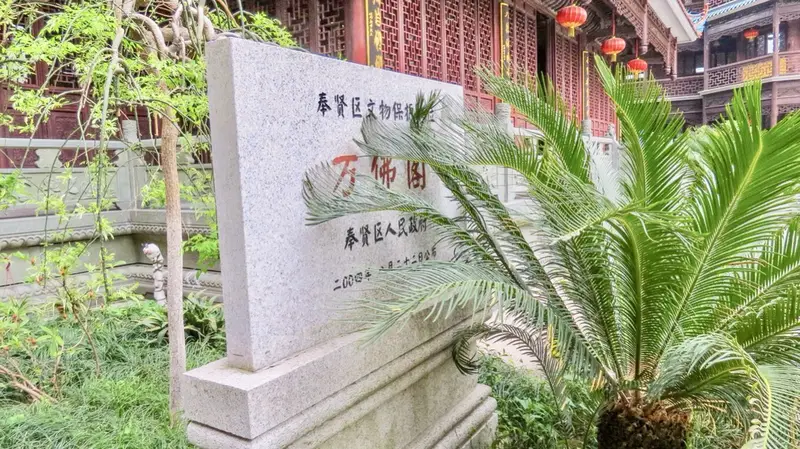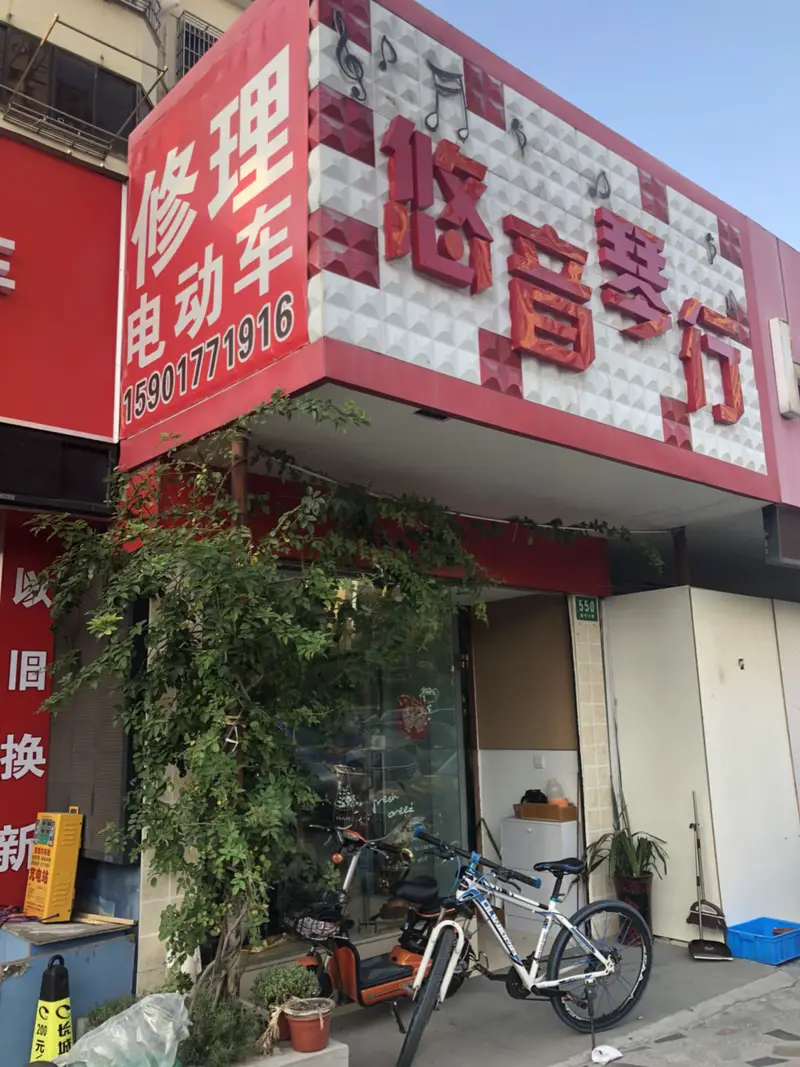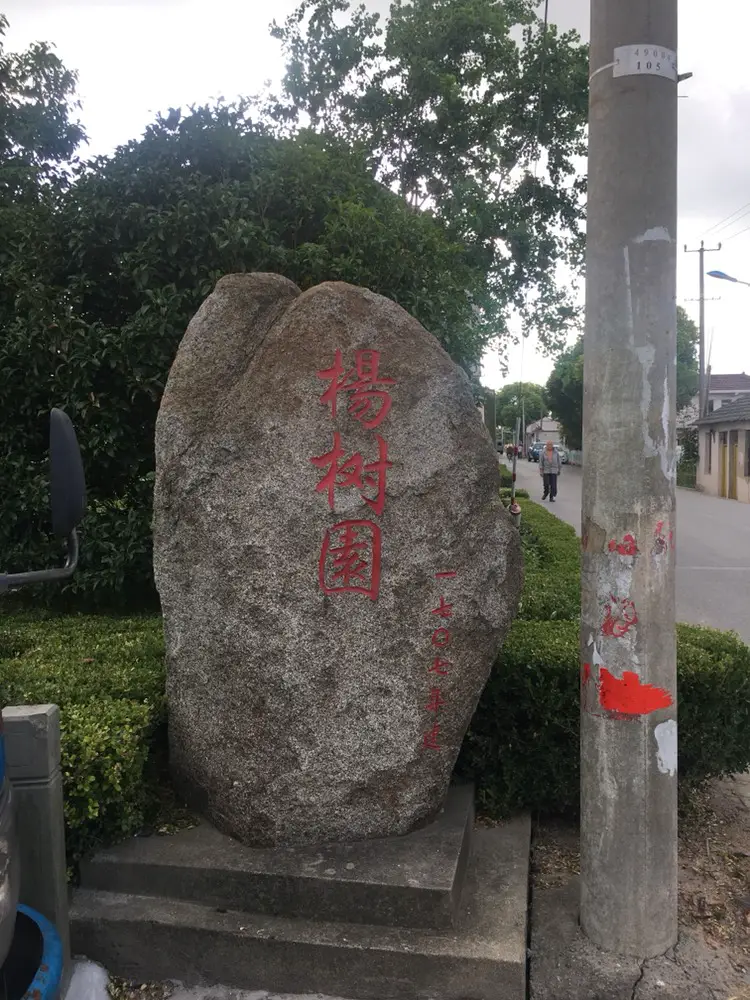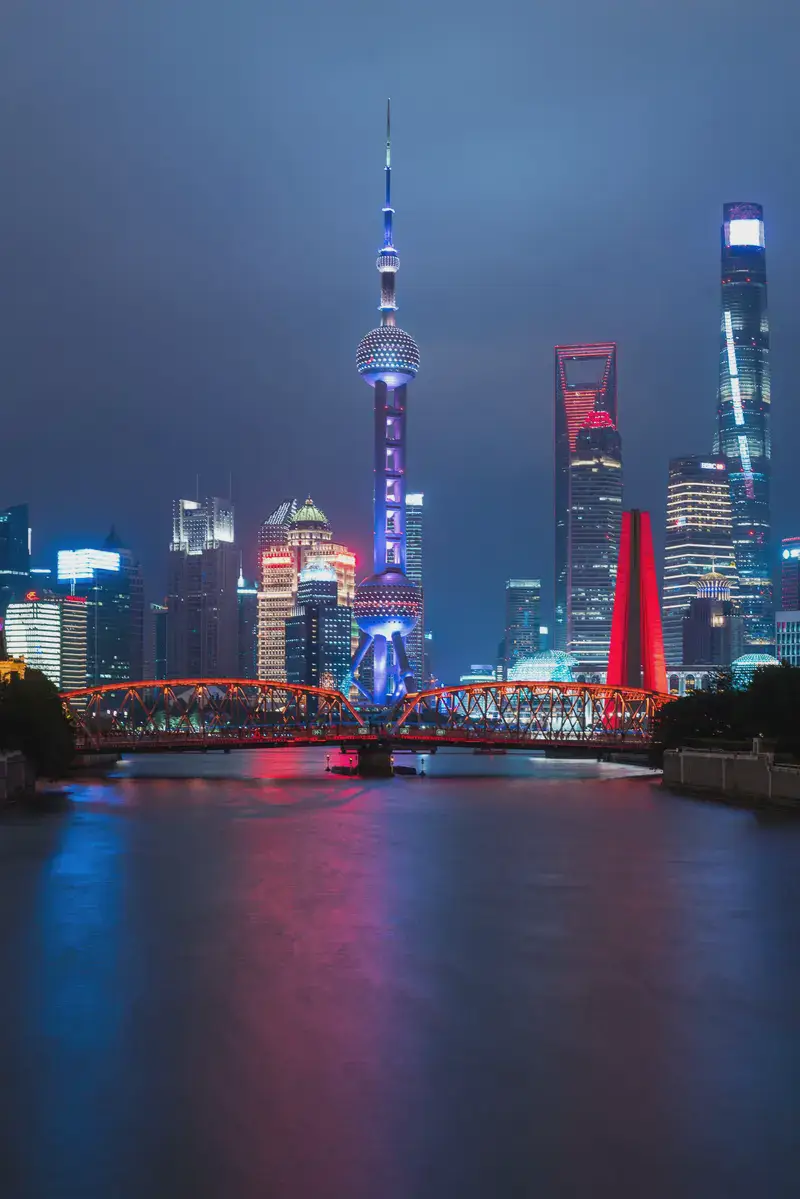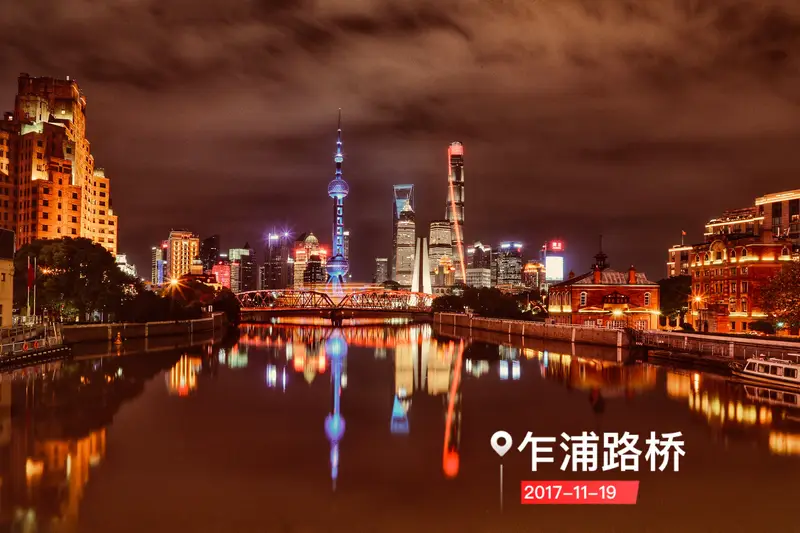The Chinese People’s Volunteers Memorial Hall sits in the Fengxian District of Shanghai, at 333 Hongdong Road. While it’s a bit off the beaten path compared to downtown Shanghai, its quiet location adds to the reflective atmosphere. To get there, take Metro Line 5 to Jinhai Road Station, then hop on Bus 奉贤3路 (Fengxian Route 3) and ask the driver to drop you near the memorial. If you’re driving, there’s free parking on-site—just note that the area feels more suburban than touristy, so plan your visit with some flexibility.
Transportation Tips
Public transport is the easiest way to reach the Memorial Hall. From downtown Shanghai, budget about 1.5–2 hours for the journey. Taxis are an option but can be pricey, especially during peak hours. A bike ride through nearby parks (like Niangzigui Park) could also be a scenic prelude to your visit, though the roads here aren’t very bike-friendly. For those staying in Pudong or Puxi, combining the trip with a visit to nearby Shendiao Town (a historic water town) makes sense—it’s only a 20-minute drive away.
Surroundings & Nature
Don’t expect breathtaking landscapes here—the Memorial Hall is nestled in a residential area with no major natural attractions. However, the grounds feature tidy lawns and rows of plane trees, which create a solemn vibe. During spring, cherry blossoms bloom near the entrance, adding a touch of color to the otherwise understated setting. If you crave nature, pair your visit with a walk along the nearby Pujiang River or a stop at Guguan Kiln Park (about 15 minutes away).
Historical & Cultural Significance
This isn’t just a museum—it’s a time capsule. The Chinese People’s Volunteers Memorial Hall dives deep into the Korean War era (1950–1953), when China sent troops to aid North Korea. Inside, modern exhibits blend technology and tradition: interactive screens share soldiers’ diaries, life-sized dioramas recreate battle scenes, and rusted artillery pieces stand as silent witnesses. Rare artifacts, like frozen rations and handwritten letters, make history feel raw. The highlight? A 360° projection room that immerses you in the sounds of war—gunfire, marching, and eerie silence.
Exhibition Highlights
The museum’s layout is smart. Start with the “War Breaks Out” section, where black-and-white photos contrast with red military maps. Move to “Soldiers’ Stories”, where personal items (a broken watch, a tattered flag) humanize the conflict. The final hall, “Peace Rebuilt”, showcases post-war diplomacy and veteran interviews. English captions are clear, though some historical context (like the political tensions of the 1950s) might need a quick Google. Don’t miss the documentary screening—it’s gripping even if you know little about the war.
Facilities for Visitors
The Memorial Hall is visitor-friendly. Entry is free, but you’ll need to register your ID (easy for foreigners with a passport). Guided tours run twice daily (check the English signboard for times). A small café sells tea and snacks, though options are basic. Restrooms are clean, and wheelchair access is available. Beware: the air conditioning can get chilly, so bring a jacket. Photography is allowed, but avoid flash near delicate artifacts.
Immersive Experience
Visiting the Memorial Hall feels like stepping into a living history lesson. The exhibits balance gravity with respect—no graphic violence, but plenty of emotion. Interactive stations let kids (and adults!) decode Morse code or test how heavy a soldier’s pack really was. A soundproof “reflection room” invites quiet contemplation. Plan for 2–3 hours, especially if you chat with the guides (they love sharing stories). Combine your trip with a visit to Shanghai’s Longhua Martyrs Memorial for a deeper dive into China’s modern history.
Practical Tips
- Best Time to Visit: Weekdays are less crowded; mornings have softer light for photos.
- Avoid:


